Can implementing systems thinking be the secret to a future-minded business?
It can be daunting for businesses to decide whether and when to upgrade their systems. It’s like playing a fruit machine and knowing when to switch machines or when to continue to play for the jackpot!
I’ve pondered this subject for months and have been on a reading and research spree to widen my knowledge and thinking. This week, I found an excellent article on system thinking and how a holistic approach to problem-solving can help unlock this leadership challenge.
This article is a must-read for those seeking to apply systems thinking to the workplace. Trust me; you won’t be disappointed! 👍
This Week’s Top Reads:
-
- The Ugly Truth (And Good News) Behind ‘Bad’ IT
- The CIO’s role in leading organizational change
- The Ethics of AI: Navigating the Future of Intelligent Machines
- 5 emerging trends in deep learning and artificial intelligence
- Propensity Score Matching (PSM) for A/B Testing: Reducing Bias in Observational Studies
The Ugly Truth (And Good News) Behind ‘Bad’ IT
“Looking at ways to smooth the journey – for instance using established standards, skills and processes – can help organizations finally break free of debt.”
Defining ‘bad technology is more difficult, principally because it usually was at some point considered to be good technology.
But as time goes on, software platforms evolve, standards and form factors progress, creative innovations come about and shinier newer software services (and indeed hardware units) are brought to market by enterprise IT vendors who all push to create the next big thing every year.
The CIO’s role in leading organizational change
There’s room for IT leaders to support a business transformation by keeping the focus on people. Discover why CIOs are critical to organizational change.
The CIO’s strategic view of technology, people and business is constantly evolving, and that intentional view is essential to an organization’s continued success.
In the era of generative AI, 5G and increased investments in cloud and edge computing, CIOsshould be central to an organization’s efforts to transform and deliver long-term value. The challenge is that CIOs and their teams often find themselves on the margins at the initiation of transformation projects and new initiatives.
CIOs should strive to represent the organization’s voice and deliver change during a business transformation project. Managing conflicting demands on their time and attention while balancing the demands of the role is the key. Thinking about the people affected by the newest initiative is an ideal way to move the conversation forward.
The Ethics of AI: Navigating the Future of Intelligent Machines
Why does the continuous growth and future of intelligent machines concern ethics?
Depending on your life, everybody has different opinions on artificial intelligence and its future. Some believed that it was just another fad that was going to die out soon. Whilst some believed there was a huge potential to implement it into our everyday lives.
At this point, it’s clear to say that AI is having a big impact on our lives and is here to stay.
With the recent advancements in AI technology such as ChatGPT and autonomous systems such as Baby AGI – we can stand on the continuous advancement of artificial intelligence in the future. It is nothing new. It’s the same drastic change we saw with the arrival of computers, the internet, and smartphones.
5 emerging trends in deep learning and artificial intelligence
Explore five emerging trends in deep learning and artificial intelligence: federated learning, GANs, XAI, reinforcement learning and transfer learning.
Deep learning and artificial intelligence (AI) are rapidly evolving fields, with new technologies emerging constantly. Five of the most promising emerging trends in this area include federated learning, GANs, XAI, reinforcement learning and transfer learning.
These technologies can potentially revolutionise various machine learning applications, from image recognition to game playing, and offer exciting new opportunities for researchers and developers alike.
Federated learning
Federated learning is a machine learning approach that allows multiple devices to collaborate on a single model without sharing their data with a central server. This approach is particularly useful in situations where data privacy is a concern.
Propensity Score Matching (PSM) for A/B Testing: Reducing Bias in Observational Studies
A comprehensive guide to implementing PSM with your experimental data, including Python code.
A/B testing is a widely used experimental design in which two or more interventions are compared on an outcome of interest.
The goal of A/B testing is to estimate the causal effect of the interventions on the outcome, while controlling for potential confounding variables. Randomisation is often used to achieve balance between the treatment and control groups, but it may not always be feasible or sufficient to achieve balance on all relevant covariates. As a result, the estimated treatment effect may be biased due to differences in the characteristics of the treatment and control groups.
Propensity score matching (PSM) is a statistical method that aims to reduce the bias in the estimated treatment effect by creating comparable treatment and control groups based on their propensity scores. The propensity score is the conditional probability of receiving the treatment given a set of observed covariates, and it summarises the information about the covariates that is relevant for estimating the treatment effect.
PSM matches individuals with similar propensity scores in the treatment and control groups, which can balance the distribution of potential covariates and reduce the impact of unobserved variables.
I’ve been working on widening my aperture. What does that mean? In photography, zooming out. Seeing the forest for the trees.
As a writer, I find that I often get bogged down in the details. Sometimes, I look too closely at a topic or an idea without considering the complexities, relationships, and implications.
It’s easy to see things when we’re close to them. But it takes a concerted effort to step back and look at the bigger picture. It requires a different type of mindset, strategic thinking, and perspective on problem-solving.
We probably can all think of people who approach the world as system thinkers. You probably can name a few off the top of your head: Ruth Bader Ginsburg, Steve Jobs, Stacey Abrams, Bill Gates, Malala Yousafzai, Barack Obama, and many more.
They’re big-picture thinkers, dreamers, and strategists. They all share curiosity, courage, and the willingness to challenge the status quo. They see the problem at hand in a network of complex systems, and they aren’t afraid to prod at the larger ecosystem.
THE DIGITAL EYE
I hope these articles are valuable.
I am passionate about technology, and I want to share that passion with you. I believe that it’s essential for everyone to stay up-to-date on the latest trends, so I’ve set out to cover all aspects of the industry – from data analytics to blockchain and AI.
Please let me know if you want to see any other topics covered, and I would appreciate your help sharing this blog with others interested.



